From macaroni-and-cheese flavored ice cream to a McDonald’s’ burger featuring Spam and crushed Oreos, food mashups have been taking 2021 by storm. The unconventional pairings can be found at all sorts of different food establishments, from grocery stores to fast food chains, and tend to be limited-time offerings. So, why have unconventional food mashups exploded in popularity in 2021?
Defining Food Mashups
Food mashups refer to ordinary foods that are combined to create unusual pairings. They often combine sweet and savory foods or other flavor profiles that wouldn’t ordinarily pair well together. Other times, two popular foods of the same flavor profile are brought together to form a long-awaited mashup, such as Panera Bread’s new Grilled Mac and Cheese Sandwich that combines two of the chain’s most popular menu items.
Often dubbed “food makeovers” or “food hybrids,” culinary mashups tend to be part of a larger marketing effort by brands engaging in partnerships to gain consumer attention. Part of the allure of these marketing tactics stems from the fact that they are usually limited-edition. Because of this, they tend to sell out quickly, creating an exclusivity factor among consumers.
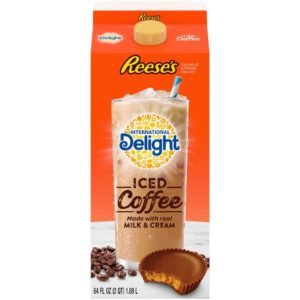
However, some food mashups are here to stay. Food collaborations, a sub-category of food mashups, occur when food brands form a partnership to innovate existing products. A recent example saw Hershey and Danone collaborate to create International Delight Reese’s Iced Coffee. Notably, food mashups that are not limited-edition offerings tend to be much tamer, less eye-catching pairings.
Sometimes, they become so desirable that a new food item is born out of the collaboration. For example, in 2013, a bakery owner created a pastry out of dough similar to that of a croissant with flavored cream inside. From there, the cronut was born. It can now be found in bakeries and as dessert items in restaurants worldwide.
Food Mashups in 2021
Food mashups emerged as the first of Innova Market Insights’ Top Ten Flavor Trends for 2021. As the world entered the second year of the COVID-19 pandemic, consumers continued seeking out food that broadened the dimensions of indulgence. According to a 2021 Innova Flavor Survey, “one in three consumers globally agreed that interesting/exotic combinations influence their flavor choices in food and beverages.”
Food companies took these findings to heart and began experimenting and collaborating to create never-before-seen food mashups. Many mashups combined two products from the same brand, including Nestlé’s LasagnaMac that combined Stouffer’s macaroni-and-cheese with two layers of the brand’s lasagna. On the sweet side, Kellogg’s released MASHUPS cereal flavors, including a Frosted Flakes and Froot Loops mashup.
Other times, two brands come together to create an entirely new product or flavor. Krispy Kreme and PepsiCo, for example, formed a partnership to create the limited-edition Smartfood Original Glazed Doughnut flavored popcorn. Similarly, Campbell Soup’s Goldfish crackers teamed up with Frank’s RedHot to debut a co-branded spicy snack aptly called Goldfish Frank’s RedHot crackers.
It’s impossible to discuss mashups without mentioning condiments. Ketchup giant Heinz made headlines
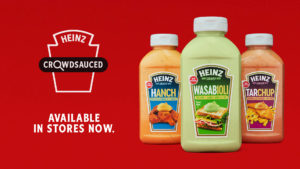
when it unveiled three condiment mashups in Canada: Tarchup, Wasabioli and Hanch. Heinz had previously released the likes of Mayochup, Mayocue, Mayomust and Kranch, so the new limited-edition flavors may not have been as eye-catching as the original mashups.
Whether they are here to stay or only around for a limited time, food mashups have blown up in 2021. During the monotony of the lingering pandemic, consumers continue to seek something different, and the anticipation of trying new food mashups is a way to keep spirits high.

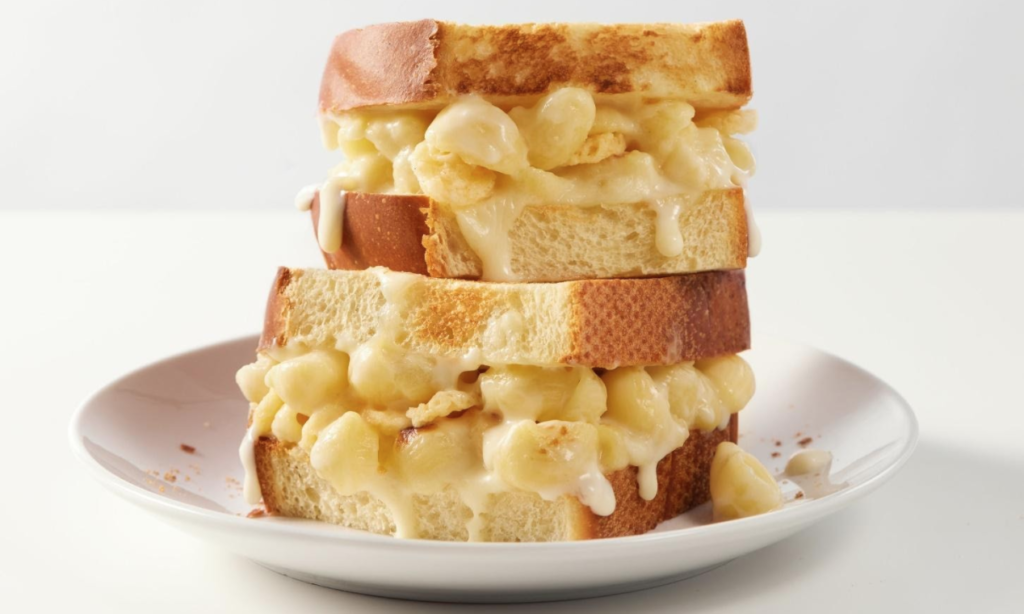
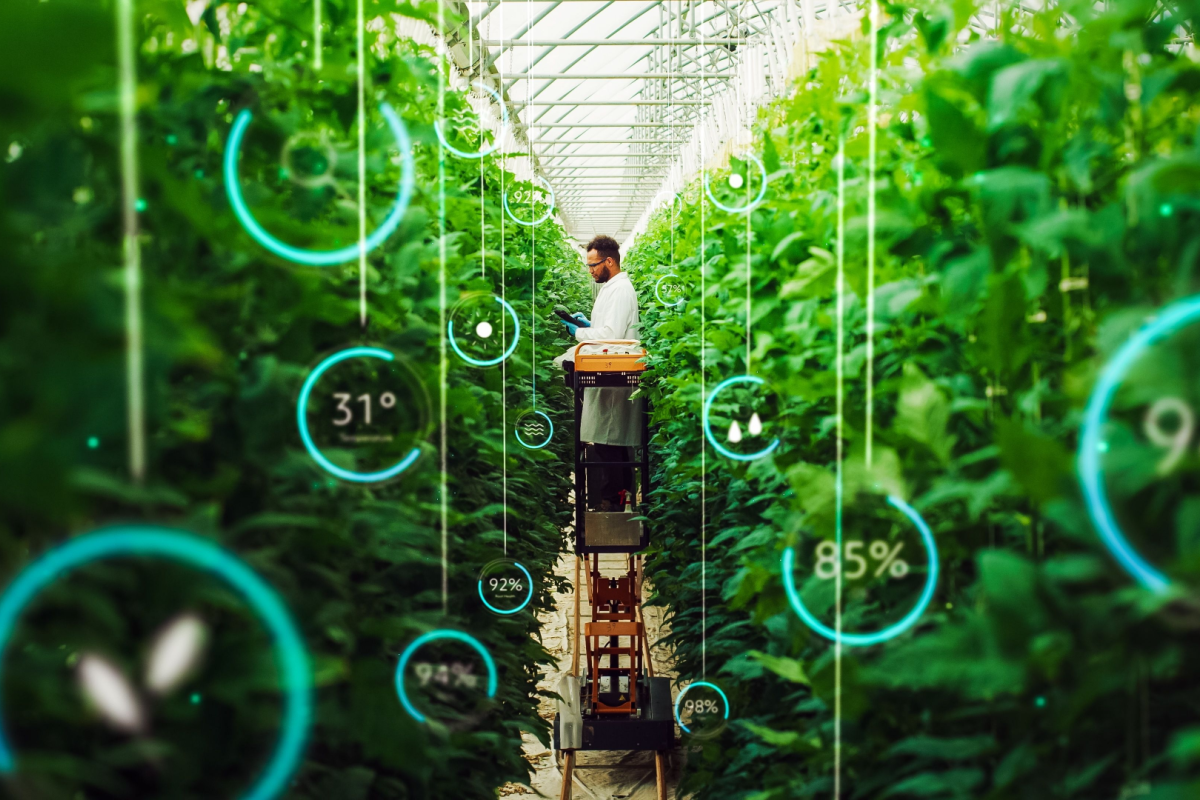


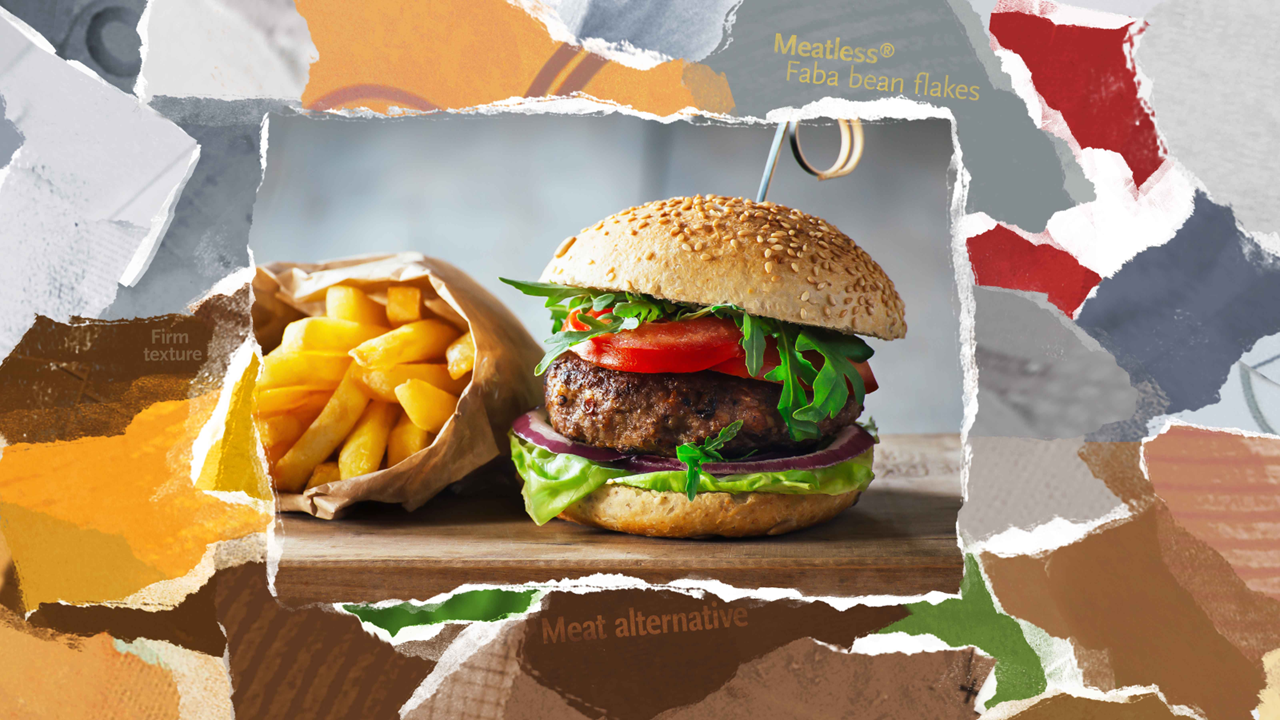
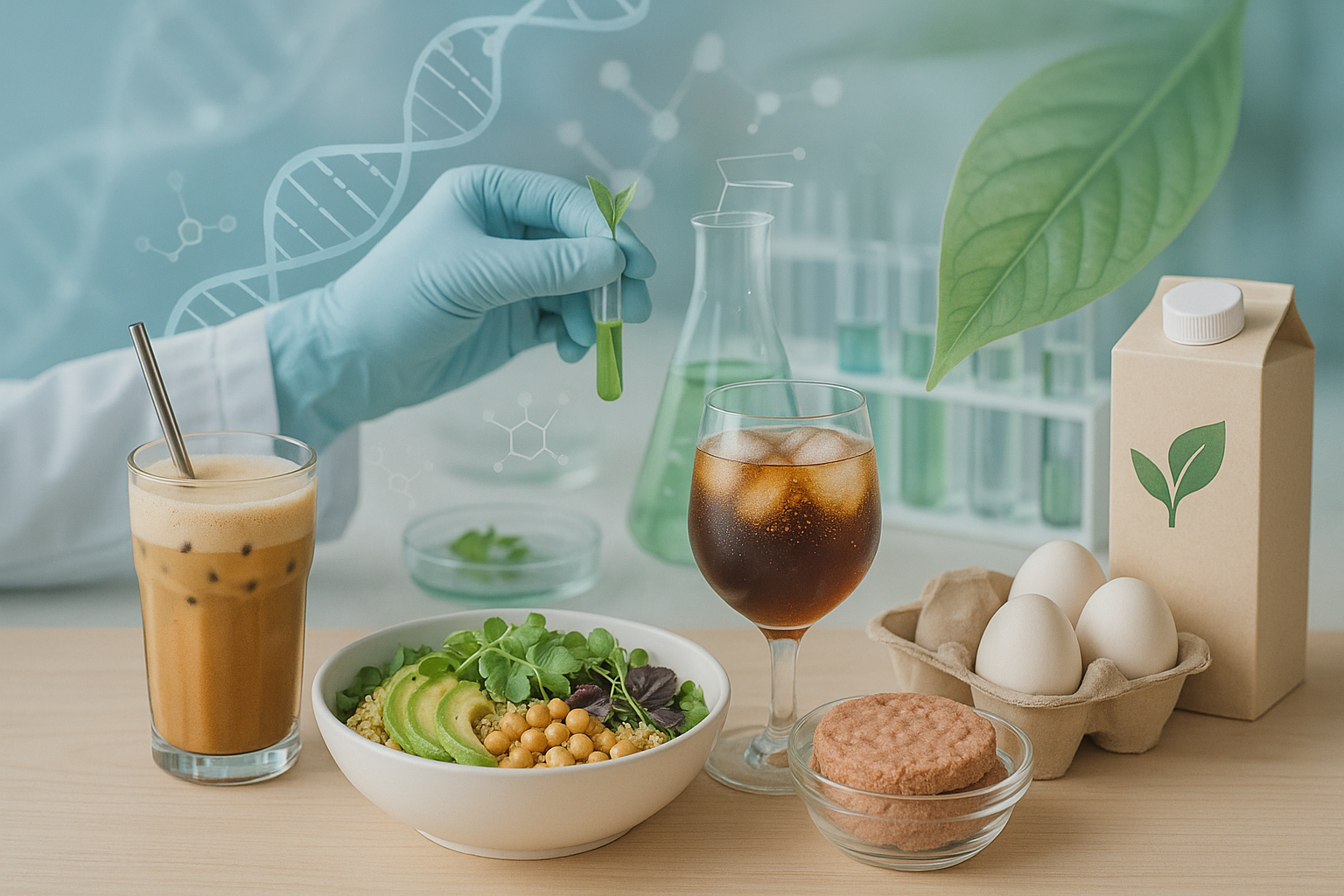





Join or login to leave a comment
JOIN LOGIN